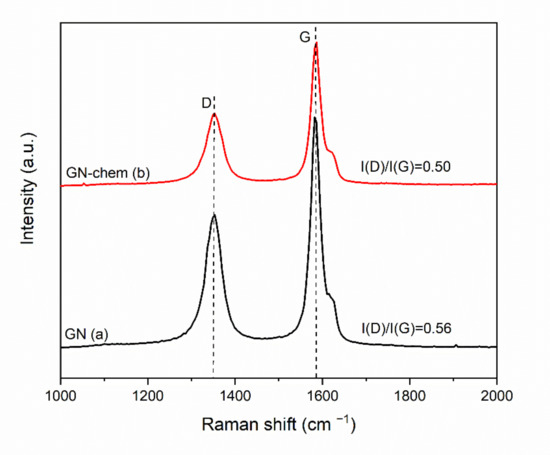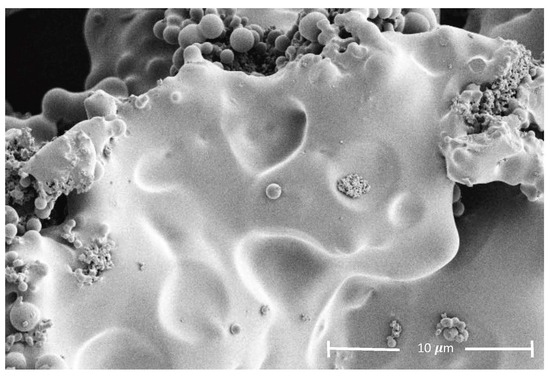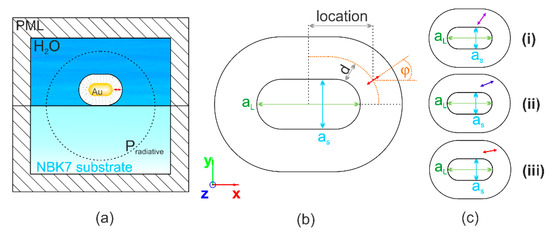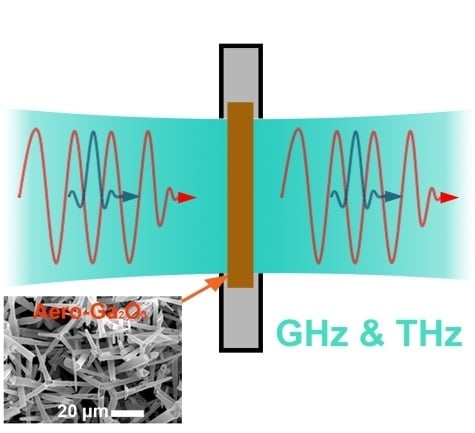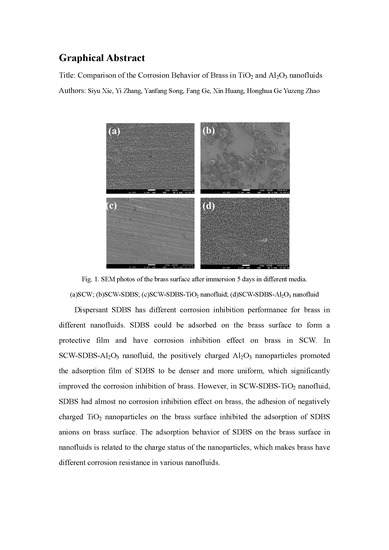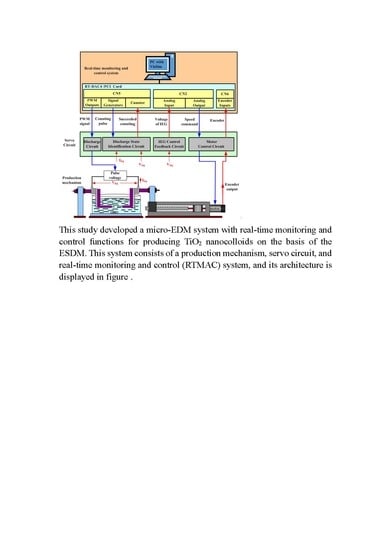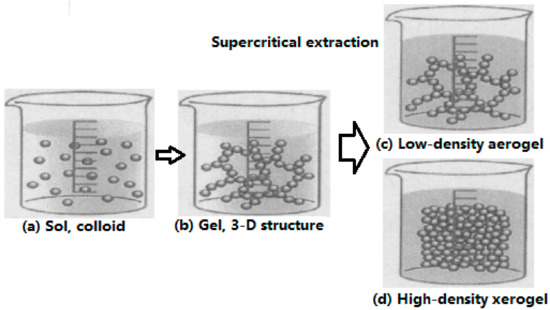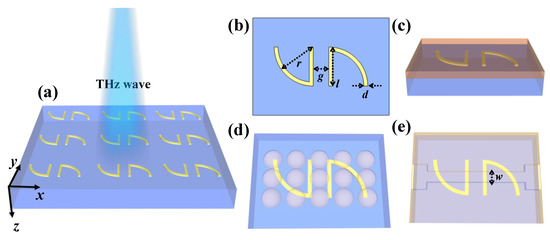Nanomaterials 2020, 10(6), 1052; https://doi.org/10.3390/nano10061052 - 30 May 2020
Cited by 7 | Viewed by 3322
Abstract
We investigate experimentally and numerically the scattering properties of liquid gallium nanoparticles coupled to a thin gold or silver film. The gallium nanoparticles are excited either directly by using inclined white light or indirectly by surface plasmon polaritons generated on the surface of
[...] Read more.
We investigate experimentally and numerically the scattering properties of liquid gallium nanoparticles coupled to a thin gold or silver film. The gallium nanoparticles are excited either directly by using inclined white light or indirectly by surface plasmon polaritons generated on the surface of the gold/silver film. In the former case, the scattering spectrum is always dominated by a scattering peak at ∼540 nm with a long-wavelength shoulder which is redshifted with increasing diameter of the gallium nanoparticle. Under the excitation of the surface plasmon polaritons, optical resonances with much narrower linewidths, which are dependent on the incidence angle of the white light, appear in the scattering spectra. In this case, the scattering spectrum depends weakly on the diameter of the gallium nanoparticle but the radiation pattern exhibits a strong dependence. In addition, a significant enhancement of electric field is expected in the gap region between the gallium nanoparticles and the gold film based on numerical simulation. As compared with the gallium nanoparticle coupled to the gold film which exhibit mainly yellow and orange colors, vivid scattering light spanning the visible light spectrum can be achieved in the gallium nanoparticles coupled to the silver film by simply varying the incidence angle. Gallium nanoparticles coupled to thin metal films may find potential applications in light–matter interaction and color display.
Full article
(This article belongs to the Section Nanophotonics Materials and Devices)
►
Show Figures


